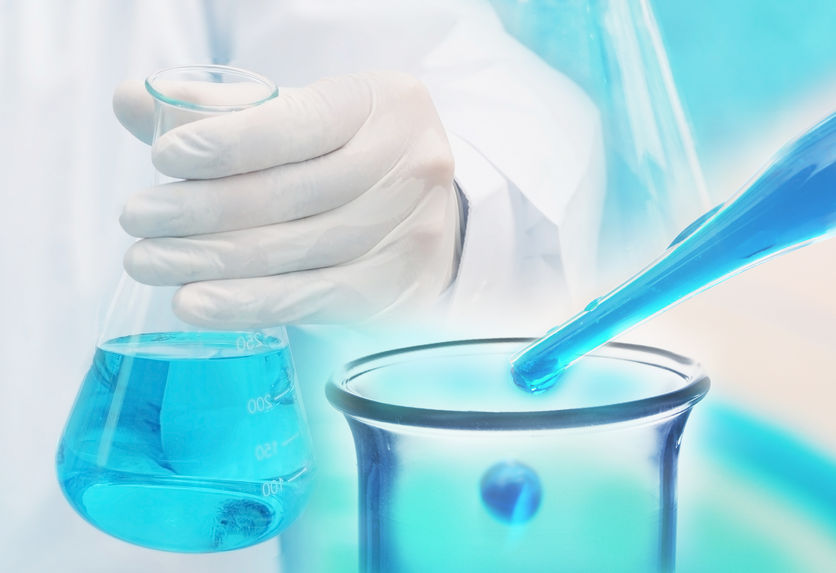
Er Pr Her 2 Neu Immunohistochemistry Biopsy Tissue
What is this test?
Estrogen receptors (ER) are cellular proteins that bind estrogens with a high affinity and specificity. They are a necessary component for estrogen-mediated cellular activity. The presence of progesterone receptors (PR) demonstrates an active ER mechanism for the induction of PR expression. Immunohistochemical staining permits the detection and localization of ER/PR within sections from formalin-fixed, paraffin-embedded tissue. Clinical utilities for the measurement of ER/PR include patient prognosis and patient response to adjuvant endocrine therapy. Individuals with receptor-positive tumors generally have a better prognosis, as indicated by a longer interval to disease recurrence and a longer overall survival, than patients with receptor-negative tumors. Studies have also shown that the determination of receptor status by immunohistochemistry may be useful in predicting patient response to hormonal therapy. HER2/neu (also known as ErbB-2) stands for "Human Epidermal growth factor Receptor 2" and is a protein giving higher aggressiveness in breast cancers. It is a member of the ErbB protein family, more commonly known as the epidermal growth factor receptor family. HER2/neu has also been designated as CD340 (cluster of differentiation 340) and p185. It is encoded by the ERBB2 gene.
Test Preparation
No special preparation is needed for Er Pr Her 2 Neu Immunohistochemistry Biopsy Tissue. Inform your doctor if you are on any medications or have any underlying medical conditions or allergies before undergoing Er Pr Her 2 Neu Immunohistochemistry Biopsy Tissue. Your doctor depending on your condition will give specific instructions.
Understanding your test results
| Gender | Age groups | Value |
| UNISEX | All age groups | The observations depend on the type of cancer detected |